

Pretty fascinating what we can learn from spiders, termites, and several plants. Read on to discover great nature features.
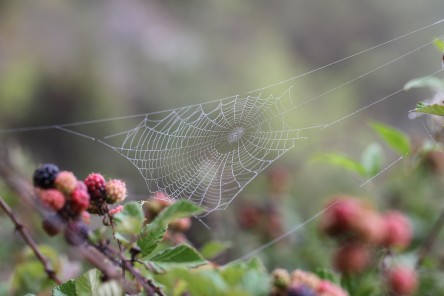
Quite fascinating what we can learn from spiders. Have you ever tried to pull apart a spider web? Quite stretchy and strong! Scientists have copied the structure with Kevlar and carbon and are trying to transfer the principle to protective vests.
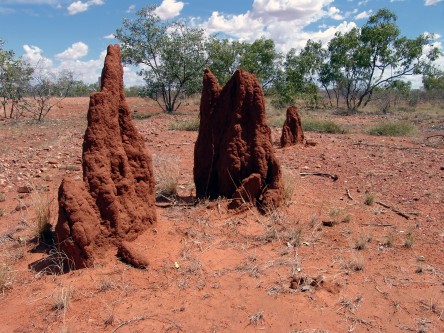
Skyscrapers and termites? What's that all about? Actually, these two things have a lot to do with each other! In Zimbabwe, there is the Eastgate Centre - a building that has learned from the termites' construction skills. The ventilation system, in particular, is very advanced in termites. With so many termites under a structure, there must be enough oxygen somehow. And also the temperature has to stay constant - no matter how hot or cold it is outside. Very fascinating what we can learn with bionics.
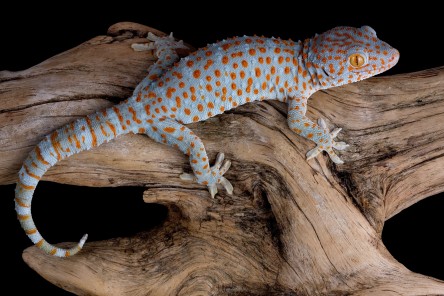
Gecko's are true masters at climbing - especially on flat, vertical surfaces! But how do they do it? It's simple: their feet take advantage of the surface tension that every material has. So even climbing on a pane of glass is no longer a problem.
With many tiny hairs on their feet, the gecko penetrates even the smoothest surface. The large contact surface of the feet and the millions of tiny hairs then give it a foothold. Scientists have transferred the principle to adhesive material and have developed a tape that works exactly with so many tiny hairs.
Considerations are even moving in the direction of designing shoes in this way. Imagine you can suddenly run up buildings like #spiderman! #fascinating this #bionics.
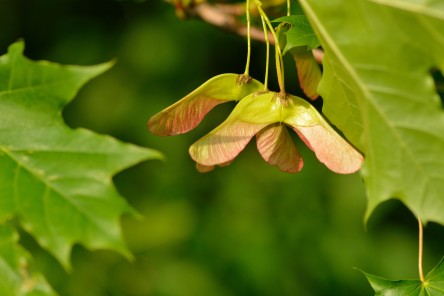
This time not an animal but a plant. What can we learn from the wing fruit of the maple? That's right. Propellers of an airplane work similarly. By slightly tilting the rotor blades (just like the fruit), the passing air can influence the flight behavior.
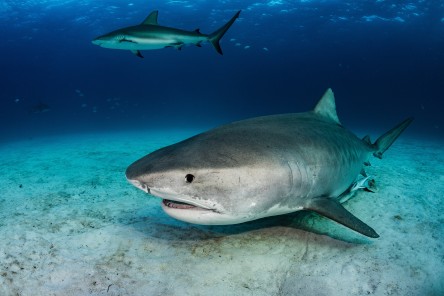
Swim, like a shark? #torpedo #speedo #fastskin
No wonder one swimming record after another is being broken! Leading manufacturers have studied the skin of a shark and transferred it to their products.In a shark, there are over 10 scales on a millimeter. That leads then to turbulences when swimming at the surface of the skin and reduces the resistance.
Exactly the same is being transferred to ships right now #swimfaster. Nature is always inspiring after all!
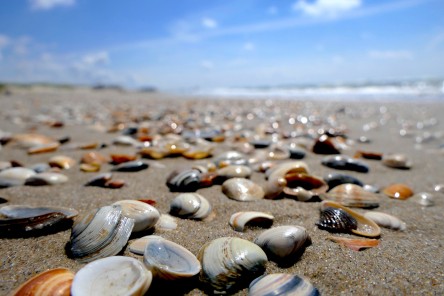
Have you ever tried to pick a mussel off a rock while on vacation? Not so easy, is it? To prevent mussels from being washed away by the current, they attach themselves to a surface - usually stones. This is possible because the mussel produces a kind of super glue in its lower end.
Many glue manufacturers are focusing their attention on mussels, and scientists are currently trying to reproduce the glue.

The lotus flower - the most cited example in bionics! But what can humans learn from it? A lot! No more wine stains on your shirt or wet jackets? The lotus flower has a self-cleaning surface. Even though it grows in places that are usually dirty, the flower is always clean.
Scientists have found that the surface is made up of quite a few tiny microspikes that prevent water from getting in and the flower from getting wet in the first place.
So, the water and dirt retains surface tension and just "rolls" off the leaves. But it's not just for jackets and shirts that this is very clever. Clean surfaces are also needed in the medical industry! Or what about self-cleaning windows?
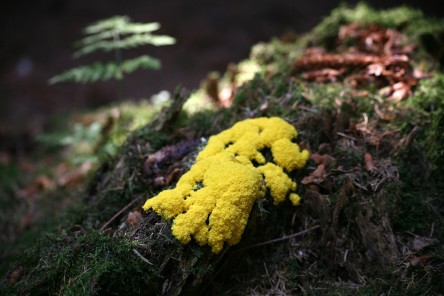
The slime mold grows in all directions at the beginning. But as soon as it finds a food source, it optimizes its network towards the different sources.
This is where we humans can learn something for our transportation network. Scientists grew the fungal species on a map of Tokyo and placed some nutrients at each train station. The network that the mushroom uses to transport its nutrients became almost an exact copy of the Tokyo city's rail network.
Of course, we humans can simulate the perfect network with computers, but it is still fascinating to see how such a fungus secures its "routes" even against the failure of individual paths.
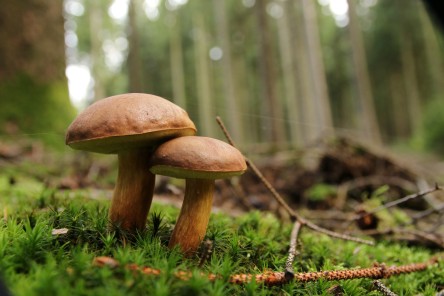
Styrofoam is a very common packaging material for consumer goods - but its disposal is problematic. Since it is not worthwhile to recycle them they are simply burned. #environmentallyfriendly
But good news: Ecovative Design has found a replacement. The material is made from a fungus that grows under the ground. Its name is Myvelium and it can be used as insulation for packaging material. The whole thing can be thought of as a kind of foam.
And the best thing: after use, you can simply throw the mushroom on the compost heap and there is no need to burn plastic.
core range